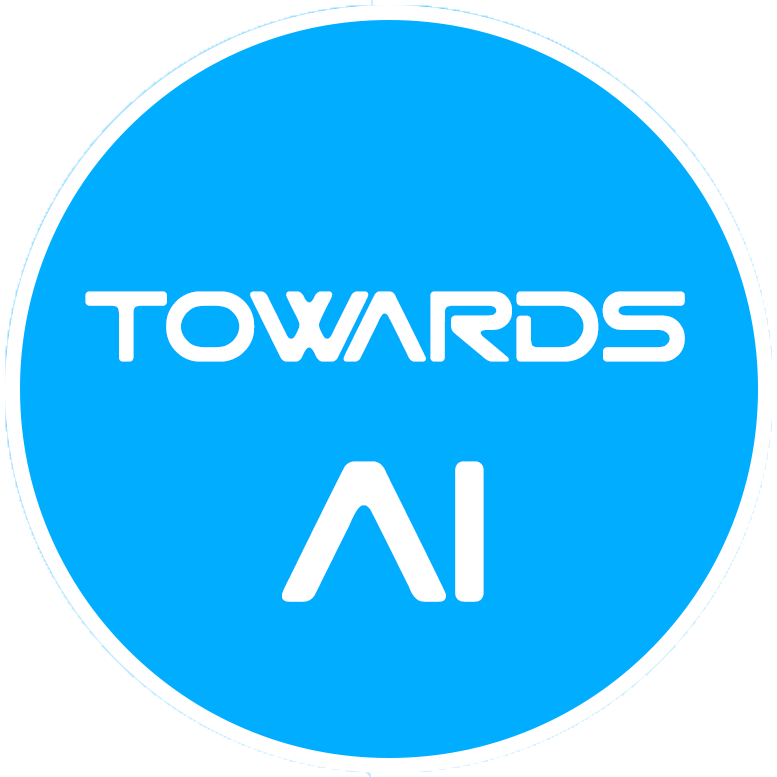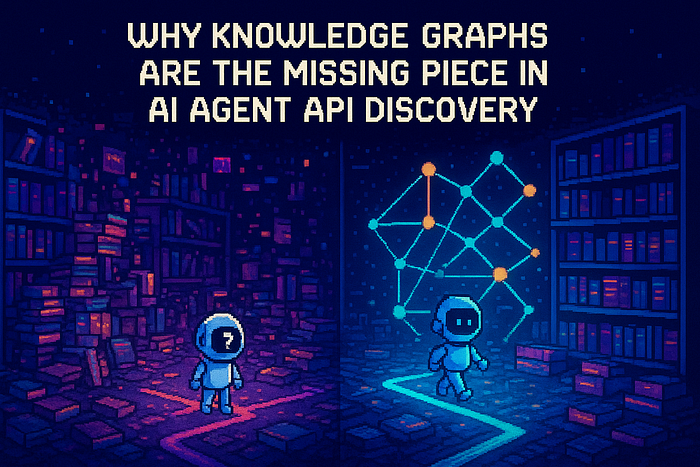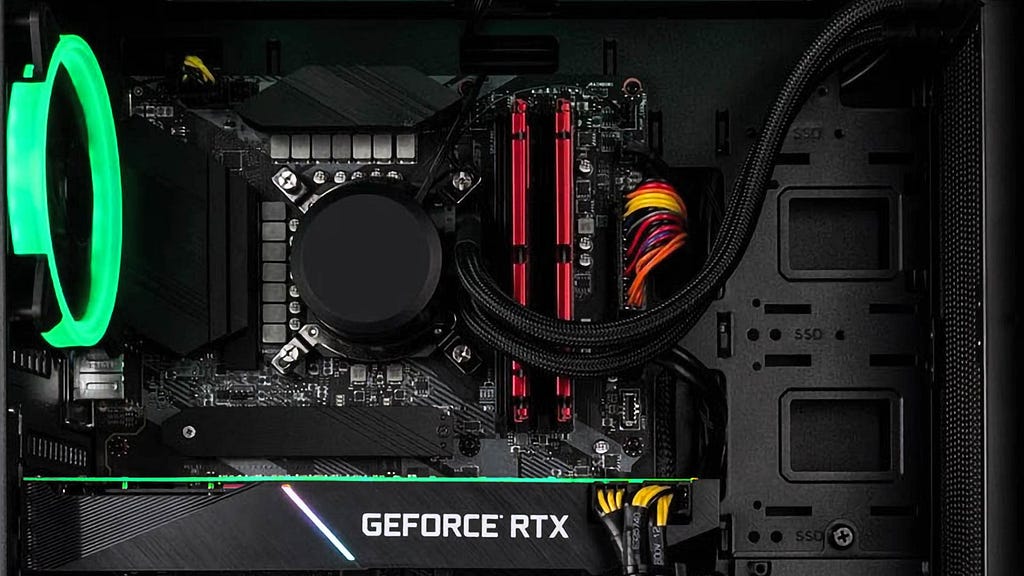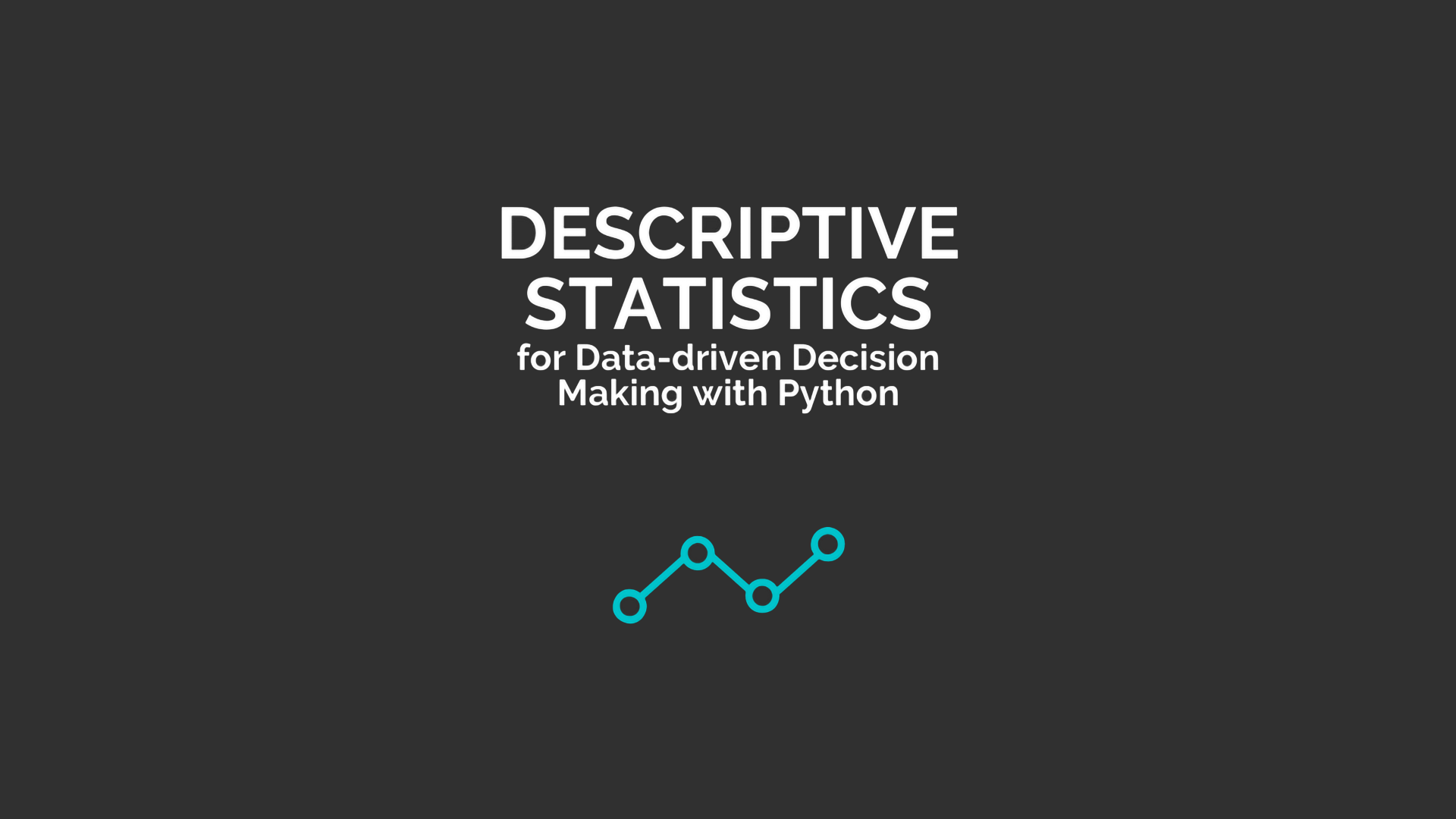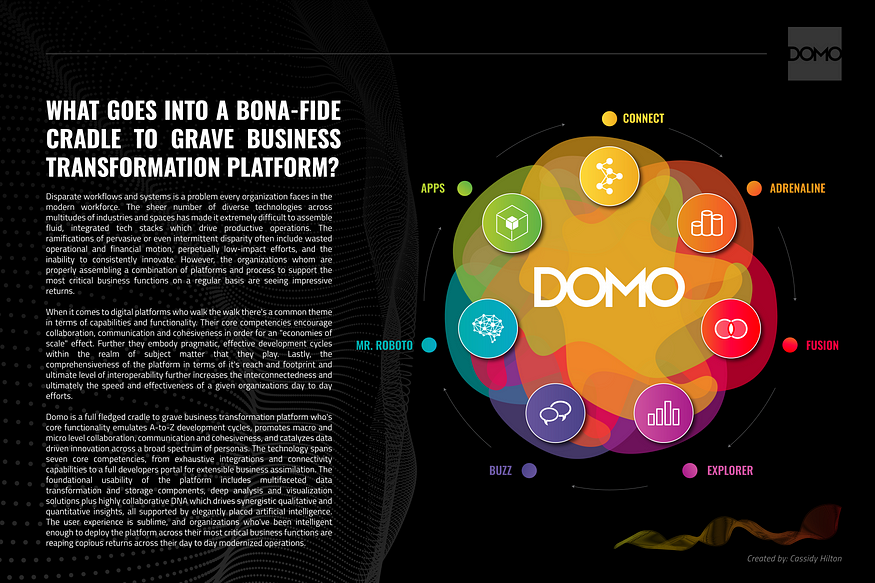
A Practical Guide to Evaluating RAG Systems: Metrics That Matter
Last Updated on April 21, 2025 by Editorial Team
Author(s): Ajit Kumar Singh
Originally published on Towards AI.

Retrieval-Augmented Generation (RAG) revolutionizes how language models ground their answers in external data. By combining a retriever that fetches relevant information from a knowledge base and a generator that creates responses using that information, RAG systems enable more accurate and trustworthy outputs.
But how do you evaluate a RAG system? How do you know if it’s retrieving the right context or generating reliable answers?
This guide breaks it all down with practical metrics, worked examples, and actionable insights.
Two core components:
Retriever: Pulls relevant chunks of information (context) from a vector database.Generator: Uses the context to generate a coherent, factual response.
Each stage needs its own set of metrics for proper evaluation. Let’s explore them.
The retriever is the first critical component in any RAG (Retrieval-Augmented Generation) system. Its job? To fetch the most relevant and helpful pieces of information from a vector database in response to an input query.
To assess how well it’s doing, we rely on three core metrics:
Contextual PrecisionContextual RecallContextual Relevancy
Let’s explore each one, starting with Contextual Precision.
Contextual Precision measures whether the most relevant context nodes (document chunks) are ranked higher than irrelevant ones. It’s not just about what was retrieved, but how well it was ranked.A high Contextual… Read the full blog for free on Medium.
Join thousands of data leaders on the AI newsletter. Join over 80,000 subscribers and keep up to date with the latest developments in AI. From research to projects and ideas. If you are building an AI startup, an AI-related product, or a service, we invite you to consider becoming a sponsor.
Published via Towards AI
Take our 90+ lesson From Beginner to Advanced LLM Developer Certification: From choosing a project to deploying a working product this is the most comprehensive and practical LLM course out there!
Towards AI has published Building LLMs for Production—our 470+ page guide to mastering LLMs with practical projects and expert insights!

Discover Your Dream AI Career at Towards AI Jobs
Towards AI has built a jobs board tailored specifically to Machine Learning and Data Science Jobs and Skills. Our software searches for live AI jobs each hour, labels and categorises them and makes them easily searchable. Explore over 40,000 live jobs today with Towards AI Jobs!
Note: Content contains the views of the contributing authors and not Towards AI.


